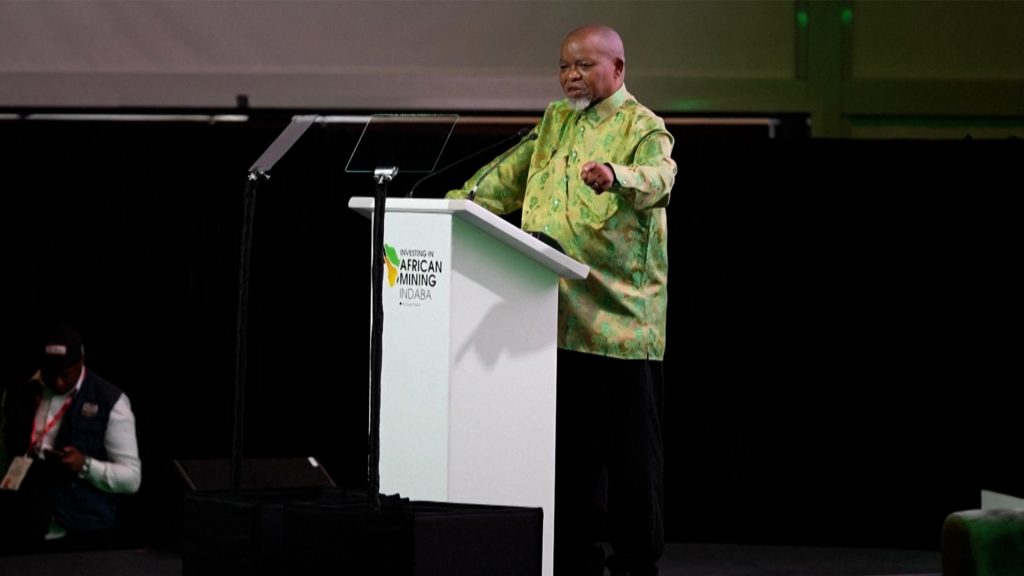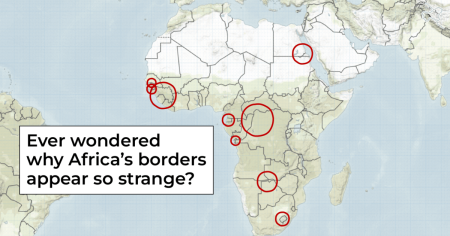The hypothetical scenario presented posits a significant diplomatic and economic rift between South Africa and the United States, stemming from a contentious land expropriation law enacted by the South African government. The law, presumably aimed at addressing historical land ownership inequalities, has drawn the ire of the US, leading President Trump (or his successor, depending on electoral outcomes between now and the hypothetical 2025 date) to announce the withdrawal of US funding to South Africa. In a retaliatory move, South Africa’s Minister of Mineral Resources has proposed halting mineral exports to the US, a move with potentially significant ramifications for both nations.
This hypothetical scenario highlights the complex interplay between domestic policy, international relations, and economic interdependence. South Africa’s land expropriation law, while potentially addressing deep-seated social and economic inequities within the country, risks alienating international partners and triggering economic repercussions. The US, by withdrawing funding, exerts pressure on South Africa to reconsider its policy, but also risks jeopardizing its access to strategically important minerals. The proposed halt in mineral exports by South Africa represents a high-stakes gamble, demonstrating the country’s willingness to leverage its resource wealth to defend its sovereign policy decisions.
The potential consequences of this escalating diplomatic and economic conflict are far-reaching. For South Africa, the loss of US funding could exacerbate existing economic challenges, potentially hindering development programs and social welfare initiatives. Furthermore, the decision to halt mineral exports could disrupt established trade relationships and negatively impact the South African mining industry, potentially leading to job losses and economic contraction. However, it could also signal a strong stance against perceived external interference in domestic affairs and bolster support for the government among certain segments of the population.
For the United States, the loss of access to South African minerals could disrupt supply chains for key industries, including manufacturing, technology, and defense. South Africa is a significant producer of several critical minerals, including platinum group metals, manganese, and chromium, which are essential for various industrial applications. The disruption could force the US to seek alternative sources, potentially at higher costs and with less reliable supply chains. This dependence on foreign sources for critical minerals underscores the vulnerability of even the most powerful economies to geopolitical tensions and trade disruptions.
The hypothetical situation also underscores the challenges of balancing competing interests in international relations. The US, in its decision to withdraw funding, is presumably attempting to uphold certain principles or protect its interests, perhaps related to property rights or investment security. South Africa, on the other hand, is prioritizing its domestic agenda and asserting its sovereignty in addressing historical injustices. The resulting conflict highlights the difficulty of reconciling differing national priorities and the potential for unintended consequences when unilateral actions are taken in a globally interconnected world.
This hypothetical scenario serves as a valuable thought experiment, prompting consideration of the potential consequences of policy decisions in a complex geopolitical landscape. It underscores the importance of diplomacy, negotiation, and multilateral cooperation in addressing international disputes and mitigating the risks of escalating conflict. It also highlights the need for robust contingency planning and diversification of supply chains to minimize vulnerabilities to geopolitical shocks and trade disruptions. Ultimately, the scenario provides a cautionary tale about the potential for domestic policy decisions to have far-reaching international ramifications and the need for careful consideration of the potential second- and third-order effects of such decisions.










